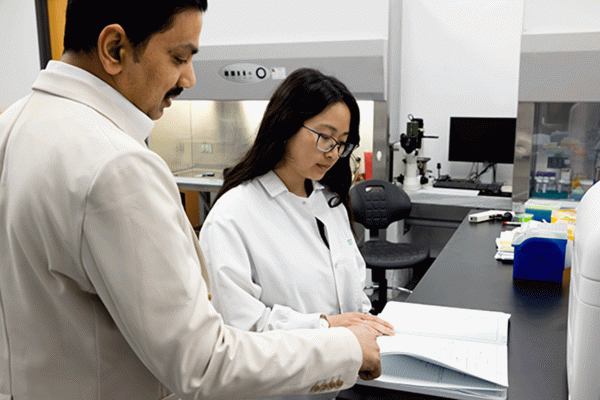We are sorry, the page you are looking for has not been found.
Try using the menu above, searching our site, or check out some of our latest posts below.
Latest from Our Blog
-

ISO 10993-1:2025 Revision Highlights Part 2: Exposure Duration = Exposure + Duration
December 3, 2025Calculation of Exposure Duration for Categorization of Medical Devices While exposure duration is not a new concept in ISO 10993-1,…
-

ISO 10993-1:2025 Revision Highlights Part 1: Reasonably Foreseeable Misuse
November 19, 2025The November 2025 release of the revised ISO 10993-1 standard brings significant updates to biological safety evaluations of medical devices.…
-

Medical Imaging in Clinical Trials
October 15, 2025Medical imaging is a routine practice for healthcare professionals. The images produced are used as a clinical tool to help…
OUR COMMITMENT
We are committed to consistently performing services with high quality, that deliver exceptional results, and add value to the client’s business.
For client surveys sent in 2024, we received ratings of 4.98/5 points (13).
